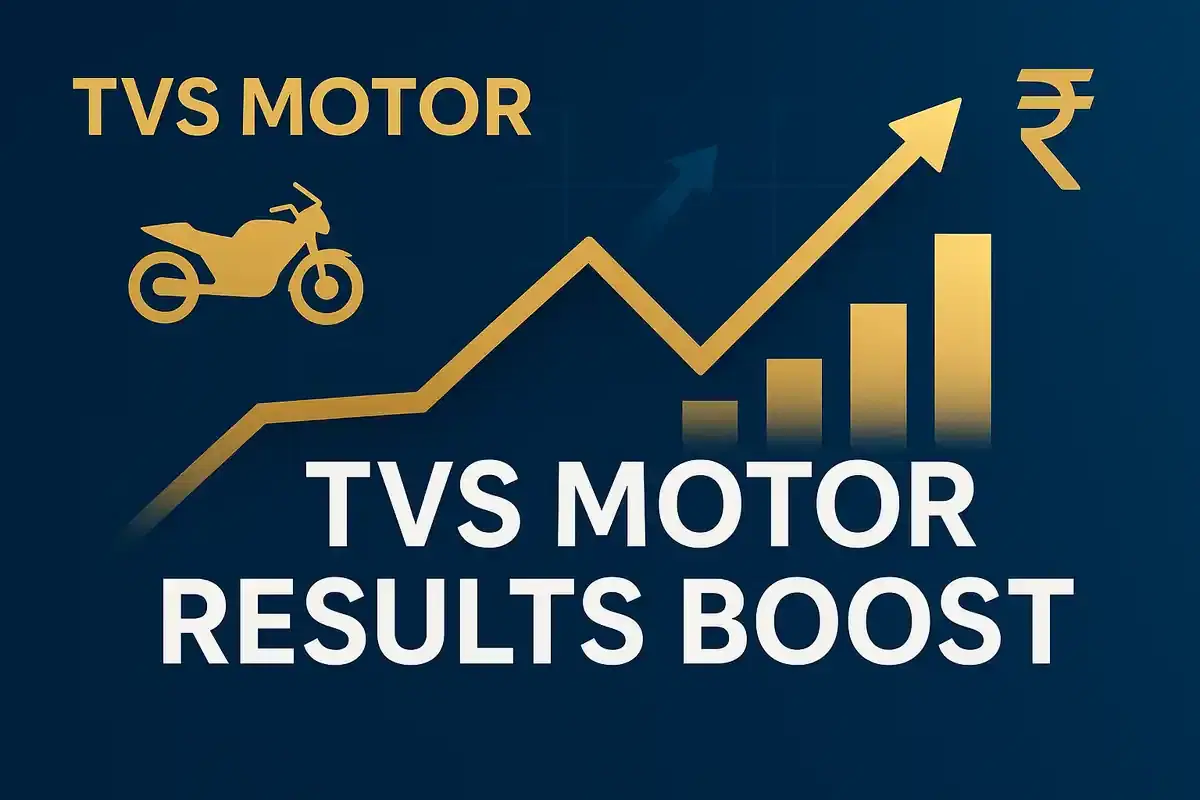TVS Motor Company Results In Line; Analysts Maintain Mixed Ratings with Bullish Price Targets
Auto
|
29th October 2025, 3:40 AM

▶
Stocks Mentioned :
Short Description :
Detailed Coverage :
TVS Motor Company has announced its financial results for the second quarter of fiscal year 2026, which have generally met analyst estimates. Following the announcement, several prominent financial institutions have issued their ratings and price targets.
Morgan Stanley maintained its 'Overweight' rating with a price target of ₹4,022. The brokerage noted that while EBITDA was in line with expectations, margins were slightly below. It highlighted scooterisation and premiumisation as key growth drivers, stating that TVS Motor is well-positioned to capitalize on these trends.
Jefferies retained its 'Buy' rating, setting a price target of ₹4,300. The firm reported that TVS Motor's Q2 EBITDA and Profit After Tax (PAT) grew significantly by 40-44% year-on-year, aligning with expectations. Volumes increased by 23% year-on-year, with EBITDA margin stable at 12.7%. Jefferies projects strong industry volume growth and anticipates TVS Motor's market share to reach a 22-year high domestically and a record level in exports.
Nomura also maintained a 'Buy' rating with a price target of ₹3,970, expecting outperformance across segments. While Q2 margins were slightly impacted by lower Production Linked Incentive (PLI) benefits and foreign exchange movements, Nomura sees potential upside from the electric three-wheeler ramp-up and the Norton motorcycle launch.
In contrast, Citi maintained a cautious stance with a 'Sell' rating and a price target of ₹2,750. The brokerage acknowledged that GST cuts and new product launches might boost demand, but pointed to high valuations compared to peers and rising competition as factors that could limit upside.
Key factors for investors to monitor include festive season demand trends, the outlook for FY26, progress in e-mobility initiatives, and the performance of its subsidiaries and export markets.
Impact This news has a moderate to high impact on the Indian stock market, particularly on TVS Motor Company's stock price and investor sentiment. Analyst ratings and price targets from major firms can influence short-to-medium term trading. The company's strategic focus on key growth areas like electric vehicles and premium products aligns with evolving market dynamics, suggesting potential for sustained future growth. Rating: 7/10
Difficult Terms: EBITDA: Earnings Before Interest, Taxes, Depreciation, and Amortization. It measures a company's operational profitability. PAT: Profit After Tax. This is the net profit remaining after all expenses and taxes. CAGR: Compound Annual Growth Rate. It represents the average annual growth rate over a specified period, smoothing out volatility. EPS: Earnings Per Share. It indicates how much profit a company generates for each outstanding share of its common stock. YoY: Year-over-Year. A comparison of data from one period to the same period in the previous year. QoQ: Quarter-over-Quarter. A comparison of data from one fiscal quarter to the preceding fiscal quarter. PLI: Production Linked Incentive. A government scheme designed to encourage domestic manufacturing and increase exports. Forex: Foreign Exchange. Refers to transactions involving different currencies and the rates at which they are exchanged. E-mobility: Electronic mobility. The use of electric vehicles powered by electricity, including electric cars, scooters, and buses. Scooterisation: The trend or increase in the adoption and sales of scooters, often replacing motorcycles or other forms of transport. Premiumisation: The consumer trend of opting for higher-priced, more advanced, or luxury versions of products and services.